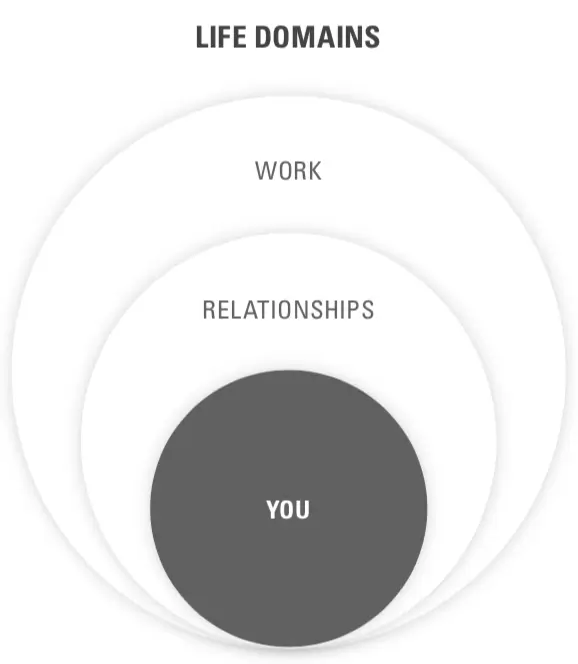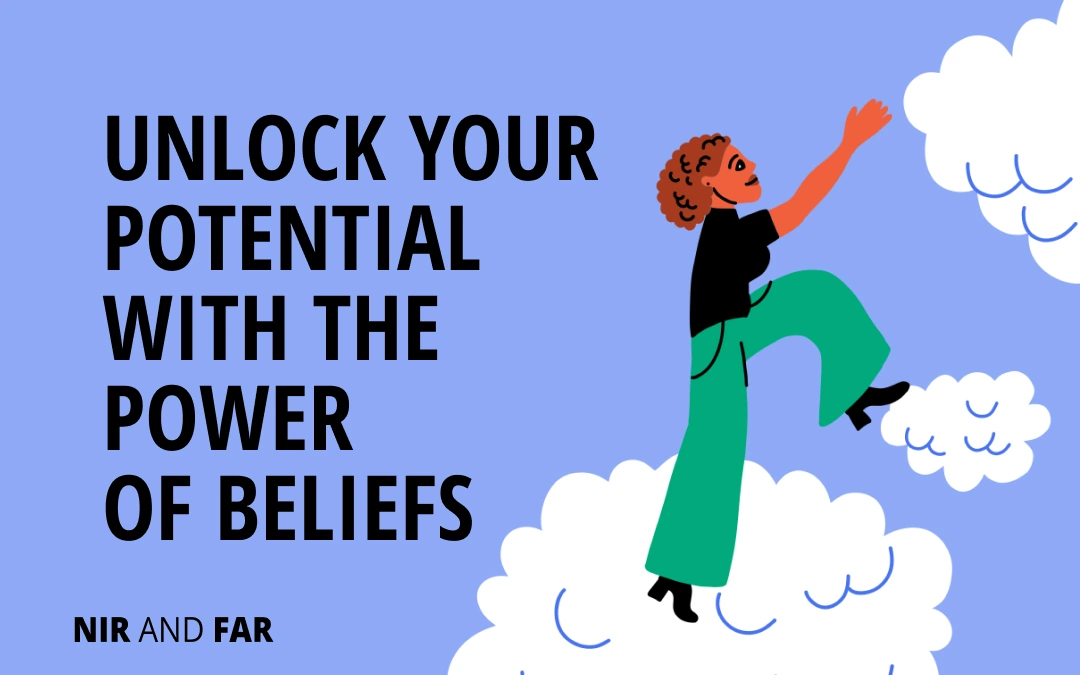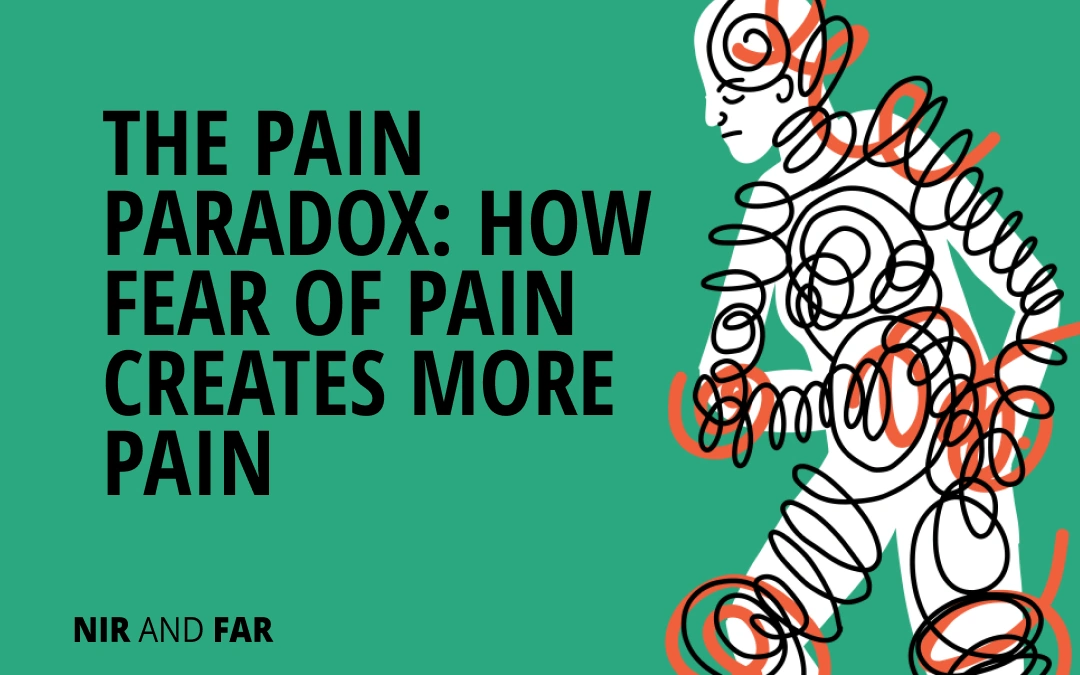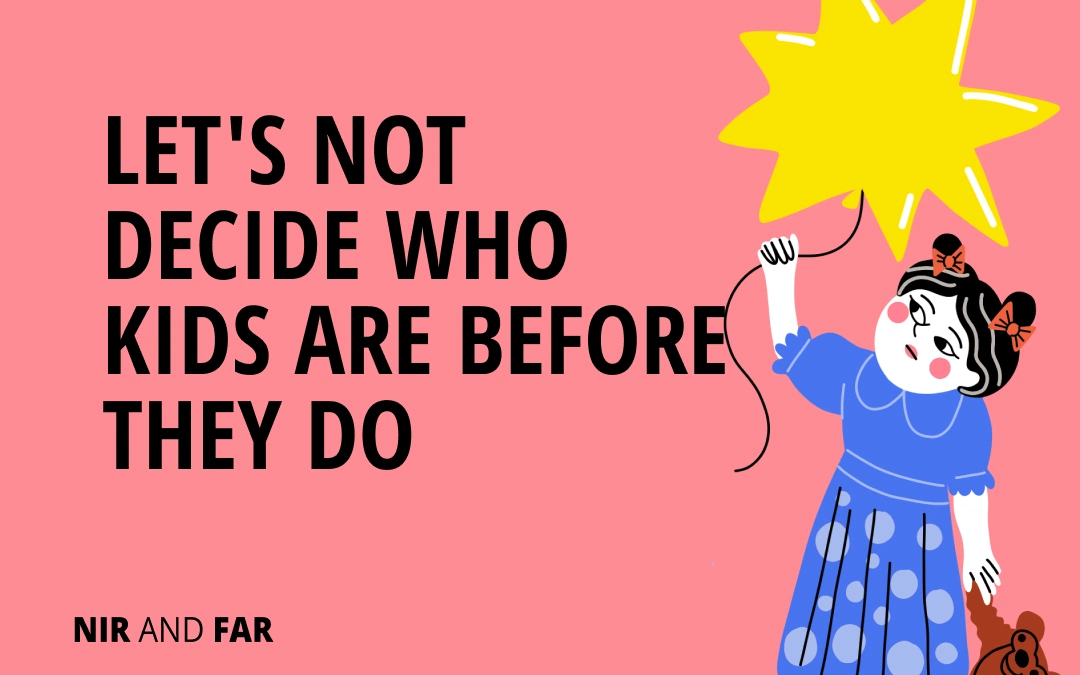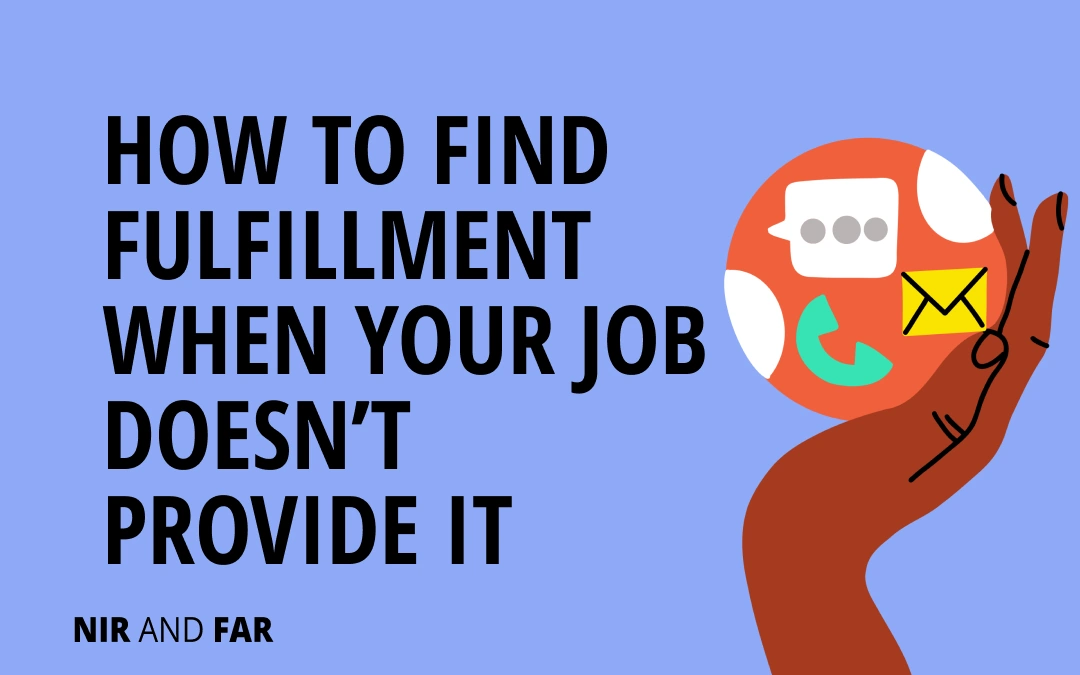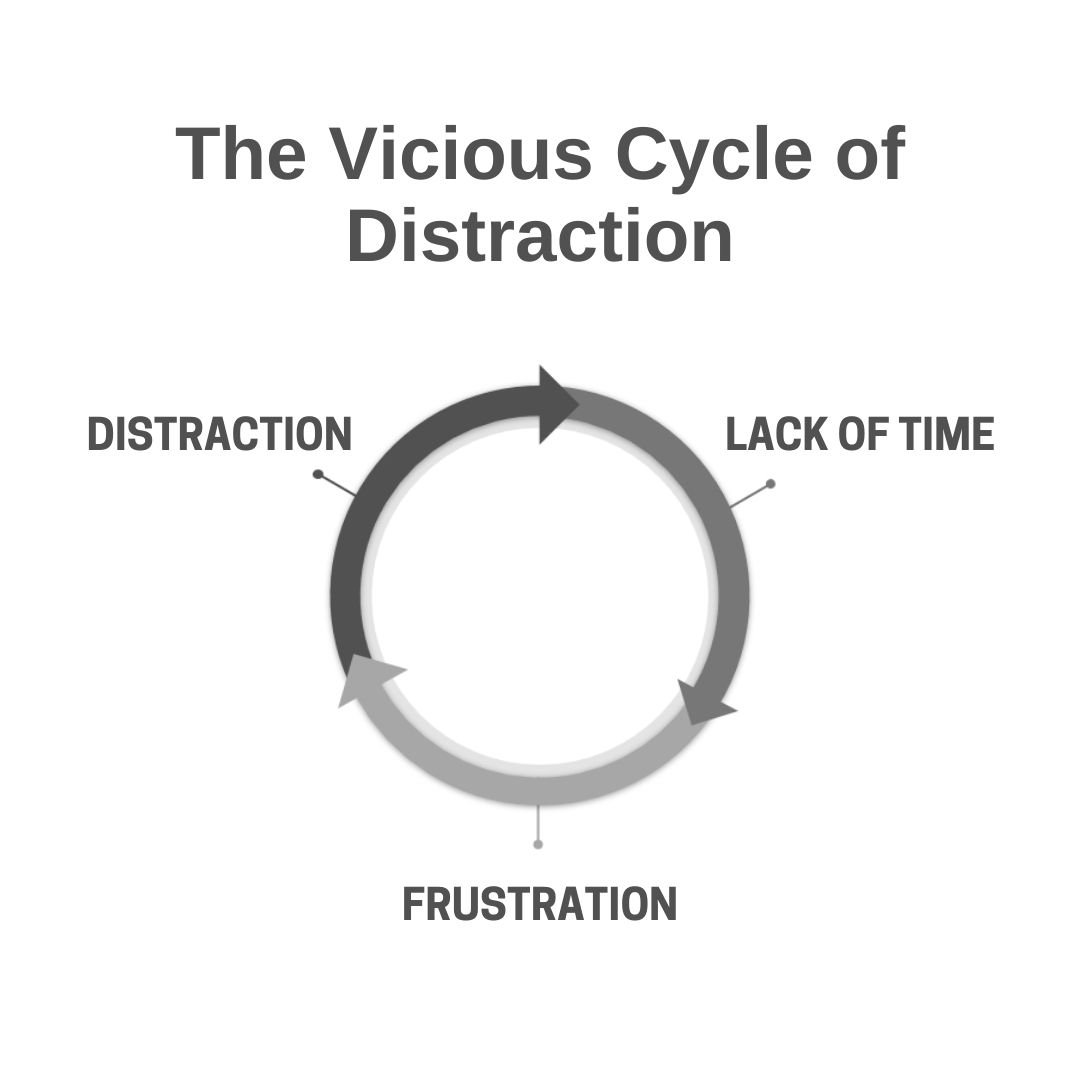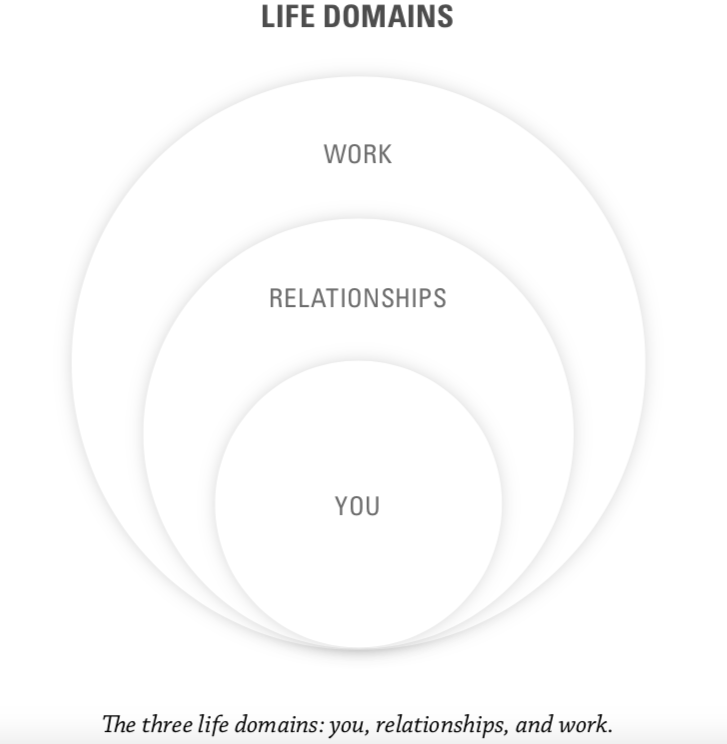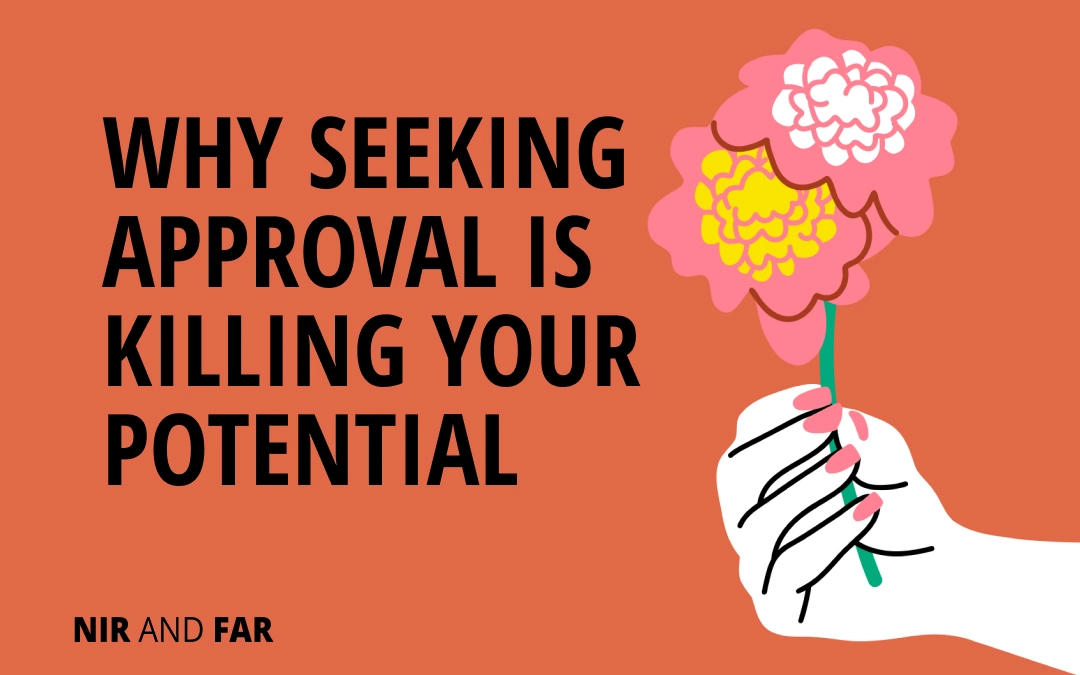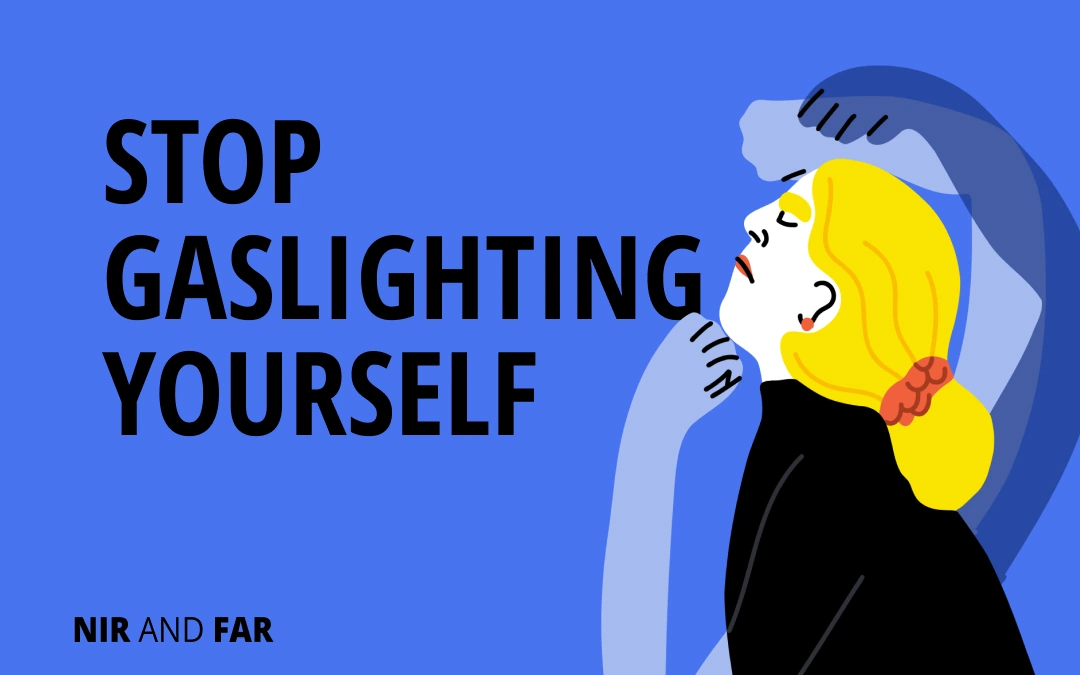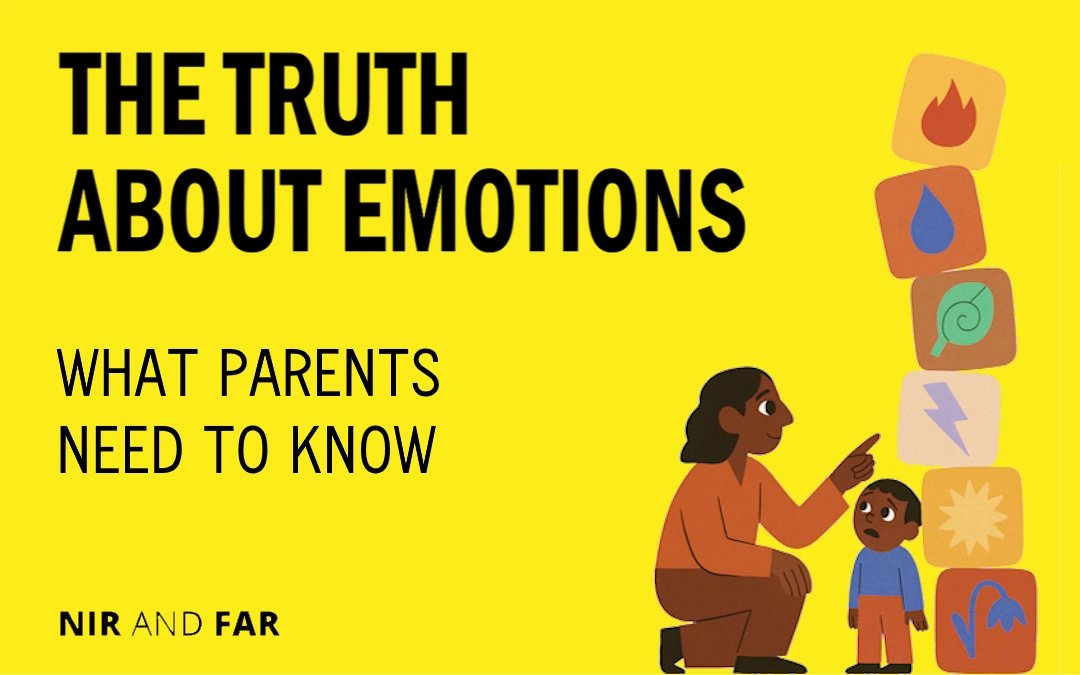
The Truth About Emotions: What Parents Need To Know
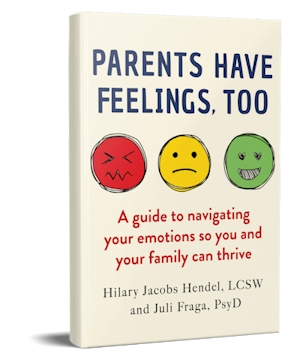 It’s one of those days. You wake up tired, having had a bad night’s sleep. An unresolved fight with your friend or partner is still gnawing at you, but you push it down, knowing you have to get the kids ready for school and finish a major project at work, plus tackle a never-ending to-do list. You feel on edge, and you just want to make it through the day. Knock it off and hold yourself together, you think.
It’s one of those days. You wake up tired, having had a bad night’s sleep. An unresolved fight with your friend or partner is still gnawing at you, but you push it down, knowing you have to get the kids ready for school and finish a major project at work, plus tackle a never-ending to-do list. You feel on edge, and you just want to make it through the day. Knock it off and hold yourself together, you think.
When our emotions threaten to overwhelm us, they can seem like a massive inconvenience. It’s then that we tend to try to outsmart them with logic or just plain ignore them in order to focus on the “more important” things—one of many “tactics” we’ve been taught to keep our emotions in check.
But if we’re to live our lives with emotional savvy and teach our kids to do the same, it helps to understand the emotional myths that surround us. Let’s look at some common myths that society peddles. Make a note of which ones you’ve been told.
Myth : If we are strong enough, we can control our emotions.
Truth: Emotions are not in our conscious control. We cannot stop them from being triggered. We can only empower ourselves to control how we respond to them.
Myth: Emotions are in our heads.
Truth: Like hunger pangs, emotions start in the body. This is why we can’t think our way through them. To process them, we have to experience emotions in the body.
Myth: Our thoughts and emotions can hurt others.
Truth: Emotions never hurt anyone; it’s what we do with them that matters.
Myth: Pushing down emotions makes them go away and has no consequences for our mental health.
Truth: Anxiety and depression are often symptoms of the invisible trauma from childhood, caused by underlying, buried emotions. We heal by learning how to name, validate, and work through them.
There’s a good chance that we’ve all bought into these myths. The truth, however, is that emotions can’t be ignored or thought away, only buried, often to the detriment of our emotional health. Counterintuitively, we cannot think logically when we are having an emotion. Logic comes after our nervous system has returned to its baseline. Think of it as riding a full wave to its completion. Once the wave dies down, we feel calmer and can think again.
Now, let’s learn some basics about these physiological programs. We know that the more emotions are demystified, the less intimidating they become. And when we no longer fear them, we can become curious about how they occur in ourselves and our loved ones.
Emotions and Our Well-Being
Emotions are a part of our daily experiences. They are biological forces that are not under conscious control. For example, if a fierce-looking animal were about to pounce on you, your body would run before you knew you were in danger. If you had to think about escaping, you’d be dead already.
Our relationship with our emotions begins in childhood. It’s a skill that we cannot master on our own. Learning to name our emotions requires the guidance of our parents and caregivers. Think of a toddler screaming, stomping their feet, and turning bright red. This child needs their parents to name their anger and frustration.
Putting language on emotion validates the child’s experience. It’s a response known as “emotional attunement.” When our emotions aren’t acknowledged, however, we learn to avoid these important messengers. Unfortunately, this comes at a cost. Emotions tell us what we want and need and what is good for us. When we don’t use our emotions, it’s like driving in the dark without a GPS. We simply lose our way.
For example, if we don’t know we are angry with our child, we can’t set a limit. And if we miss our child’s fear, we can’t help them feel safe. When we are out of touch with emotions, we run the risk of being disconnected from ourselves as well as the people we love most. A deeper connection to our most authentic self comes through experiencing core emotions: sadness, joy, anger, fear, disgust, and excitement. These emotions are universal and prewired. Like a compass, they help us navigate life, as well as parenting.
What Are Core Emotions?
Core emotions are survival emotions. Each emotion is hardwired in the brain. We all have the same core emotions, even though we experience them differently. Research shows that genetics, childhood experiences, and brain chemistry influence the way we experience our emotions. Personality also plays a role. Some of us feel a lot, while some of us feel a little. Some of us work hard not to feel at all. Emotions, after all, can be quite painful.
Core emotions are fast-acting programs, each with a specific purpose. These programs cause physical changes that propel us to “act first” and think later. Imagine your toddler springs into the road; fear makes you move in an instant, before you even have the conscious thought that your kid is in danger. Anger protects us by propelling us to stand up for ourselves, while sadness helps us mourn.
These “categorical” emotions are a special class of emotions that are core to your needs. Think of them as self-ish emotions. They only care about what is good for you, what helps you survive and thrive. Core emotions provide information about our environment, so we can ask ourselves, Am I safe or in danger? What do I need or want? What makes me sad? What makes me angry?
Emotionally savvy parents can notice and name their core emotions and help their kids do the same. Doing so helps prevent symptoms of anxiety and depression, which have been rising for younger generations. Core emotions include:
| Anger | Sadness | Fear |
| Disgust | Joy | Excitement |
Two additional emotions play a pivotal role in parenting. One is disappointment, a cocktail of anger and sadness. The other is authentic pride, which is not classified as a core survival emotion per se, but is core to building a healthy and solid sense of self.
Despite the numerous benefits, most of us have no idea how to notice, name, and validate our core emotions. This is not a personal shortcoming; it’s a reflection of our “feelings-phobic” society that prizes the mind over emotions. Without the right tools, it’s common for us to squash emotions down with muscular tension, denial, or self-judgment.
However, no matter how hard we try, emotions cannot be avoided without consequences to our well-being and relationships. Unchecked emotional impulses wreak havoc on ourselves and others when we act on them, such as by screaming at our kids, denying family problems, or automatically blaming ourselves for our kids’ shortcomings.
Most people think that coping is synonymous with not feeling. And because this is what society often peddles, we may believe that “good parenting” means shielding our kids from feeling bad. This belief can lead us to try to erase their emotional pain. Our role, however, isn’t to protect our kids from their emotions. Our job is to help them work through them so they can strengthen their emotional savvy. Think of it as psychological grit.
Each of us can learn how to use the data that emotions provide. Nir developed a great four-step method for identifying emotions and feelings—internal triggers, he calls them—when they pop up and exploring them with curiosity instead of contempt. Learning to listen to their messages prevents toxic amounts of anxiety, guilt, and shame from building up and damaging our self-confidence, emotional health, and physical well-being, as well as our children’s.
Free Habit Tracker
Design your ideal day and build your best life.
Your email address is safe. I don't do the spam thing. Unsubscribe anytime. Privacy Policy.
Children absorb enough shame and anxiety from school, peers, and other parts of society. The home and family life should be a safe and secure place to recharge and gain confidence to thrive in an ever-changing and stressful world. A family that acknowledges and accepts emotions ensures that children feel connected and seen, two vital aspects of psychological wholeness and health.
Let’s be clear: This does not mean indulging our kids or satisfying their every whim. We can absolutely validate emotions while setting limits and teaching appropriate behaviors to our children. Validating emotions doesn’t mean validating behaviors.
We feel better when we experience our emotions. It’s neurobiological. Feelings contain energy and movement. This energy needs to be released for us to be well. When emotions are consistently tended to, transformation happens on many levels: Our nervous system reregulates and our health improves; our brain, mind, and body come into physiological balance; integration of the thinking brain and the emotional brain reduces impulsivity.
The ability to be compassionate in response to stress increases, and curiosity is more easily applied at distressing times. Anxiety eases. Perspective increases. Confidence expands.
Don’t buy into the myth that emotions are an inconvenience. They benefit you and your children in myriad ways, and they deserve your time and attention.
Related Articles
- How to Protect Your Focus Without Burning Bridges
- One Question to Help You Get More Done
- The Pursuit of ‘Flow’ Is Overrated
- How To Disarm Internal Triggers and Improve Focus
- [Focus Guide] How To Make The Most Out Of Your Time And Your Life
- Your Ability to Focus Has Probably Peaked: Here’s How to Stay Sharp
- How to Clear Your Computer of Focus-Draining Distraction
- Un-Hooked: Increasing Focus in the Age of Distraction

